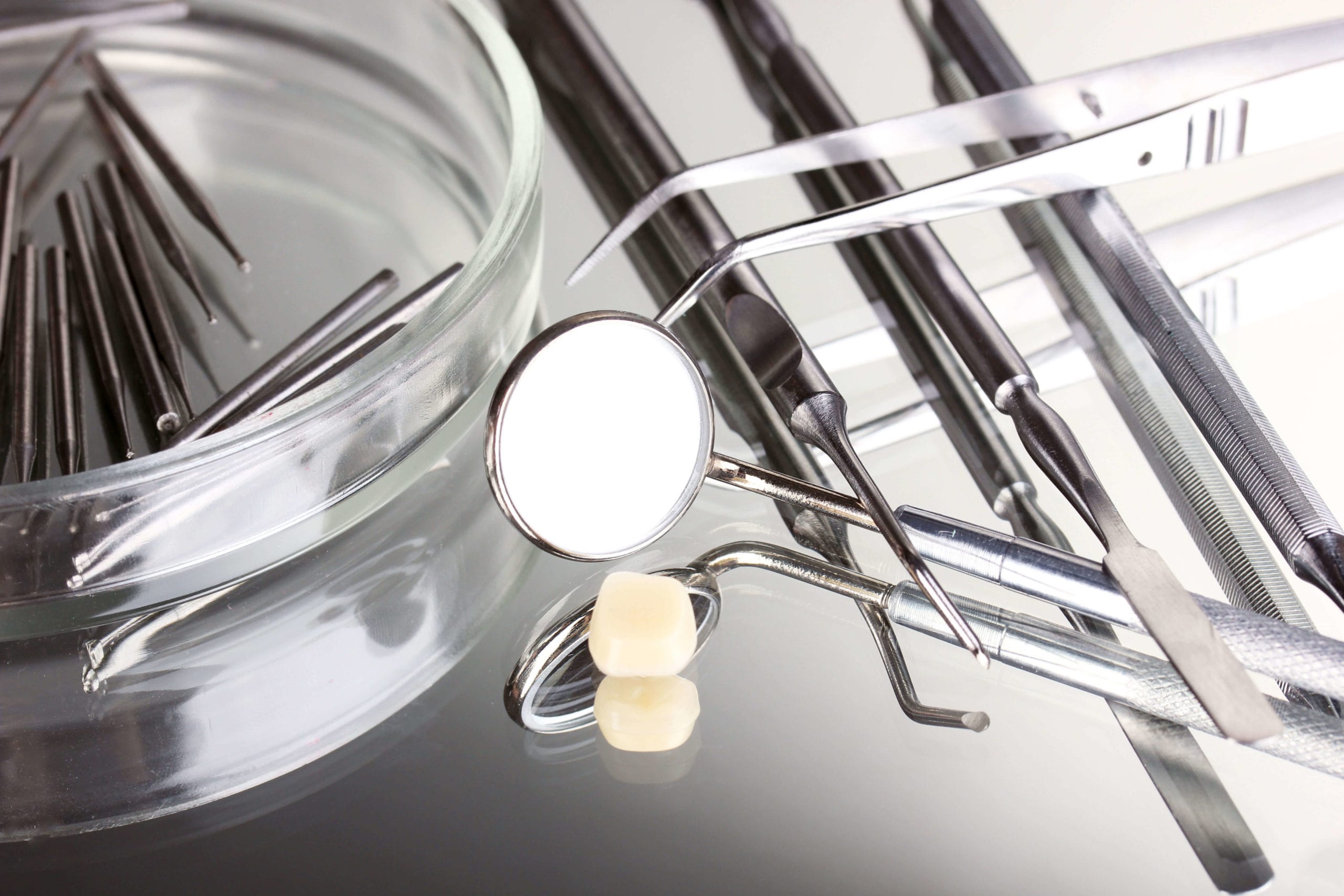
Optimizing Medical and Surgical Equipment during COVID-19 (This article was written and published in December 2020 during the national rollout of new COVID-19 vaccine administrations.) One of the most common metals used in the crafting of medical and surgical equipment is stainless steel. In a world in which help and safety are at the forefront […]
Optimizing Medical and Surgical Equipment during COVID-19
(This article was written and published in December 2020 during the national rollout of new COVID-19 vaccine administrations.)
One of the most common metals used in the crafting of medical and surgical equipment is stainless steel. In a world in which help and safety are at the forefront of the nation’s mind, optimization of the tools most often used in medical and surgical practice is every more important, and especially during this time of COVID-19.
But with promises of a vaccine available for the general public looming on the horizon, it’s important for health facilities to uphold the highest standard of safety and cleanliness. This work begins with the quality of their equipment and, more specifically, the quality of their metals.
Removal of Contaminants Pre-Finishing
One of the most important elements of metal optimization is the removal of contaminants prior to the execution of the finishing process. Common contaminants include dirt particles and metal chips that may lodge themselves into the metal part in any stage of the manufacturing and production processes.
To remove these contaminants prior to the metal finishing process of your choice, brushes and a special cleaning emulsion or similar solution may be used and applied, removing unwanted materials from the metal part without causing additional damage.
Chemical Removal of More Complex Metal Imperfections
For more complex imperfections with your metal parts, one of our metal finishing options may be the right choice for you: passivation and pickling.
Stainless steel is susceptible to corrosion when contaminations remain in its surface. Both the pickling and passivation treatments are chemical based, and the chemical treatments are applied to the metal surface to remove corrosion contaminants and assist the formation of a continuous chromium-oxide, passive film that protects the metal from further damage throughout its lifetime.
Don’t leave your patients at risk. Contact Control Electropolishing today for more information on metal surface optimization and our range of metal finishing options.